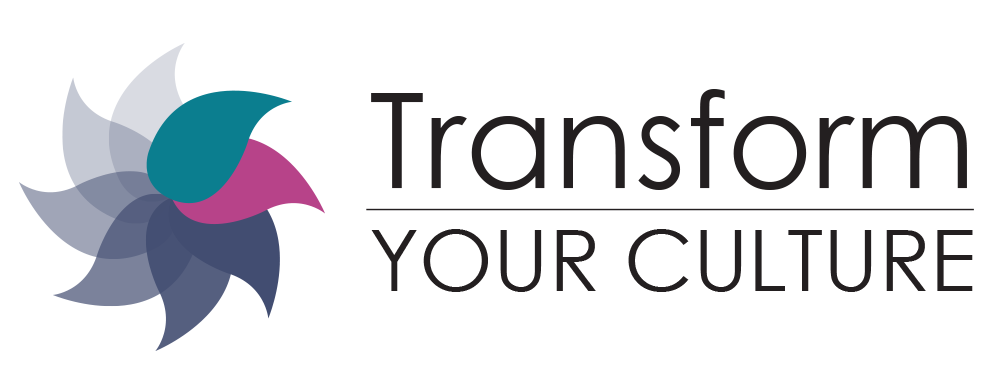In a world brimming with emotional intensity and overwhelming social interactions, the potential for burnout is an all-too-real challenge, especially for those whose professions demand high levels of empathy.
When we are in a happy and healthy place, practicing self-care to manage stress proactively, we can recognize the early signs of burnout and recover before we are in a place of distress. But when that distress comes from taking on the emotions of others, causing empathetic distress, awareness and self-compassion are our way to anchor in the present, to be attentive and conscious.
Your professional commitment to empathy doesn’t have to come at the expense of your well-being. Still, the maintaining of awareness and the practicing of self-compassion are skills that must be honed diligently.
The awakening of awareness
Awareness is our lifeline when navigating professional and personal demands. Our thoughts are like ceaseless waves of the sea—ebbing and flowing, forming and dissolving. Their power over us comes from the stories or narratives we weave around them…. and then believe!
Mindfulness meditation is our anchor in the tumultuous ocean of thought. It teaches us to observe our thoughts lightly and release them just as easily, returning to the serenity of our breath. By consistently practicing mindfulness, we return from our stories to our underlying being. This has the effect of introducing and stabilizing calm in our daily lives.
Cultivating self-compassion through focused attention
We develop self-awareness and tune our perceptions through mindfulness, strengthening our ability to empathize with others. Neuroscience research supports this connection by mapping the intricate neural networks linking self-awareness to empathy, demonstrating that empathy is hardwired in our brains and that we resonate with what others are feeling.
Knowing that we are feeling what others feel allows us to know the distinction between our own and other’s feelings and builds resilience against empathetic burnout. This helpful psychological distance allows us to engage with our work and lives fully and compassionately. You can steer your way through challenging emotional landscapes by learning to engage with compassion for yourself first and then for those around you.
In this recording, I offer you a guided practice that you can use as a new tool in your emotional toolkit. This guided mindfulness practice will explore the steps to finding compassion and serving others.


